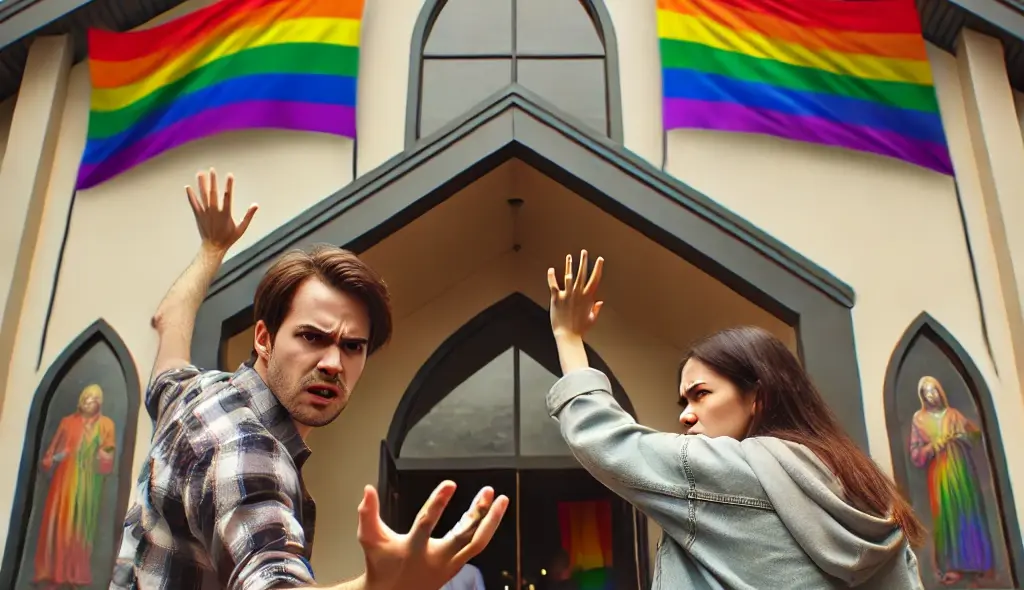Category: Culture
-
Can you hold 69,020 books in one hand?
A flash drive with 69,020 books and built-in reader software gives you immediate and uncensorable access to the classics of Western civilization.

-
Backing Up Western Civilization: A Proposal to Investors and Philanthropists
IMAGINE that each free encyclopedia and public domain book could be found in thousands of copies, all around the world, making it permanently impossible to censor them. What if we were to create a system in which redundant digital libraries each had a complete copy of this massive knowledge trove, all operating on common standards…

-
Books Recommended by My Twitter Followers for My Teen Sons
I asked my Twitter followers for book recommendations. I asked them to “kindly list the most eye-opening books (author & title) that my sons (bright teen and tween) should read before age 20, […]

-
A Trip to the Library
This post was updated Sept. 18, 2024, after the launch of the ZWIBook flash drives. It used to be that a visit to the library was something to celebrate. One wandered the stacks, […]

-
The Daily Offload #6
Well, maybe not daily. More like, when I am inspired and have a bit of time. Priorities, priorities. As I looked over Twitter this morning with more than mild distaste, it occurred to […]

-
The Daily Offload #5
LinkedIn illustrates how corporations waste influence control your time. The bottom-feeders at LinkedIn have notification settings with 13 top-level categories and many, many sub- and sub-sub-categories, including “on” switches hidden behind tabs. The […]

-
The Daily Offload #4
Doom! Gloom! Many are predicting something like an apocalypse. WWIII is imminent due to multiple allied nations attacking Israel, drawing in both U.S. and Russia! Many chaotic and badly reported riots in the […]

-
The Daily Offload #3
Shorter, this time. Is evangelicalism dead? Basham’s Shepherds for Sale continues to dominate my feed on Twitter. It’s popular, I suspect, because it makes a case that Protestant theological conservatives have been waiting […]

-
The Daily Offload #2
Yeah, this is too long for a “Daily Offload.” I’ll make future installments much shorter. 1. Megan Basham’s criticism of Gavin Ortlund. Basham is a Christian conservative who wrote a book published three […]

-
The Daily Offload #1
For several years, I have been intending to write more in my blog or start a video series. I never get around to starting in earnest because (a) I am frequently perfectionistic, and […]
